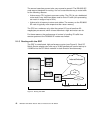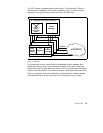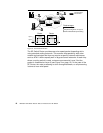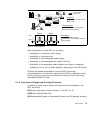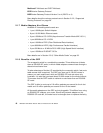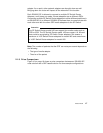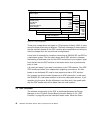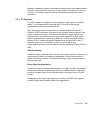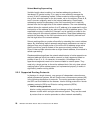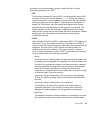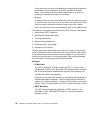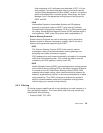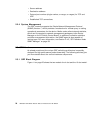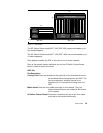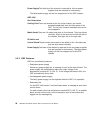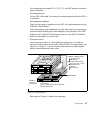20 IBM 9077 SP Switch Router: Get Connected to the SP Switch
Subnet Masking/Supernetting
Variable length subnet masking is a classless addressing scheme for
interdomain IP packet routing. It is a way to more efficiently manage the
current 32-bit IP addressing method. Subnet masks let sites configure the
size of their subnets based on the site needs, not on the arbitrary Class A, B,
and C structure originally used in the Internet addressing. Class-based
addressing restricts the boundary to the 8-bit boundaries and is implicitly
derived from the first eight bits of the network address. The new addressing
method allows the network portion of an IP address to be separated from the
host portion of the address at any point within the 32-bit address space. This
expanded boundary is called the "netmask" and is explicitly provided to the
router along with the network address information. Class-based addressing
restricts the boundary to the 8-bit boundaries and is implicitly derived from
the first eight bits of the network address.
Subnet masking offers a number of benefits by extending the current address
space. By eliminating implicit netmask assignments, addresses can now be
assigned from any unused portion of the entire 32-bit address range rather
than from within a specific subset of the space previously called a class.
Since it hides multiple subnets under a single network address, this method is
called supernetting.
Classless addressing allows the network administrator to further apportion an
assigned address block into smaller network (or host) segments based on
powers of two (2, 4, 8, 16 networks, for example). Knowledge of the
apportioned segments need not be communicated to exterior peers. They
need only a single pointer to the entire address block. Not only does subnet
masking better utilize address space, but implemented properly it results in
significantly smaller routing tables.
2.2.2 Supported Routing Protocols
In the days of a single Internet, core groups of independent networks were
called autonomous systems. We will use the term
autonomous systems
(AS)
in the following description of protocols. The routing protocols supported on
the GRF can be divided into two classes:
Interior routing protocols
or
interior
gateway protocols
(IGPs) and
Exterior routing protocols
(EGPs).
• Interior routing protocols
Interior routing protocols are used to exchange routing information
between routers within a single autonomous system. They are also used
by routers that run exterior protocols to collect network reachability



